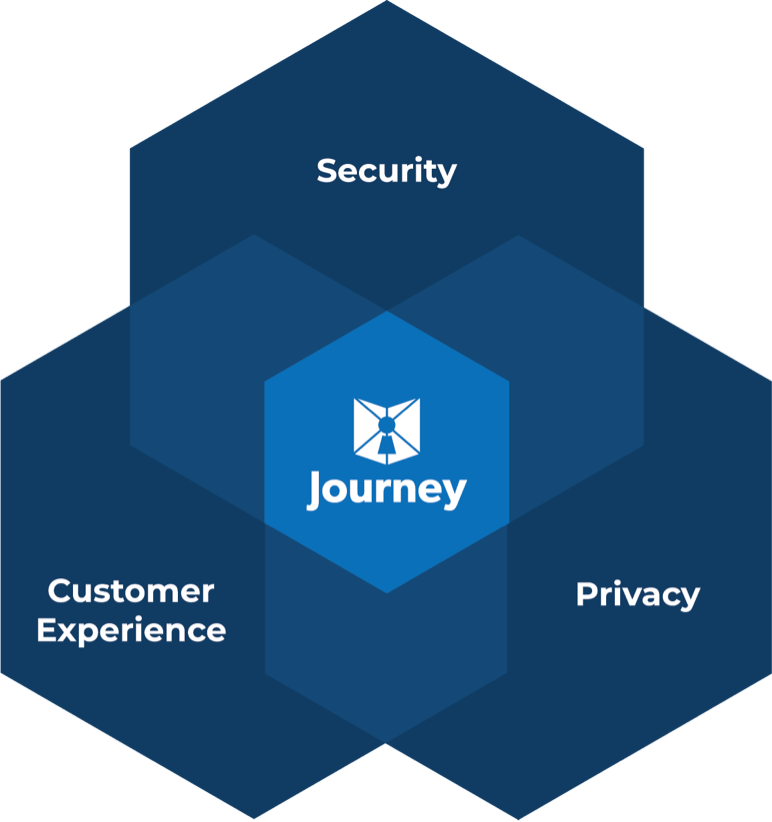Customer onboarding remains a pain point for many businesses where establishing identity is a requirement, such as banking. In fact, upwards of 40% of people will leave an onboarding process.
Establishing identity is one of the root causes for this process abandonment. It’s tedious and often requires manual actions from both the consumer and the business. Ironically, it’s a basic truism in marketing that removing form fields or removing steps increases conversion.
Fortunately, the digital age is upon us all. The monumental increase in computer power, software sophistication, and tech quality mean that customer onboarding can prove less painful. Keep reading to learn how tech can facilitate this process.
Limits Friction
You can think of anything that makes potential customers waver about continuing the process as friction. For example, if the customer must fill out paperwork and fax it to you, they may reconsider.
Fax machines still exist, but most consumers don’t own one. Finishing the process means they must track down a fax machine or hand-deliver the paperwork. Neither of these prospects will leave most consumers enthused.
That’s friction.
For consumers who can normally get an account with an email and an address, these requirements can feel punitive. Online identity verification via a facial mapping system can cut out many of these manual steps.
The customer gets a more familiar experience, which limits the overall friction in the process.
Speeds Up the Process
For better or worse, people expect a fast online process for every business they deal with regularly. For example, companies that don’t offer an app that gives customers account access often suffer some level of customer unhappiness. Customers want instant results.
Telling customers that the customer identification process can take hours or days defies this expectation. They think things like:
“Amazon will let me spend thousands of dollars based on my name, address, and credit card number. Why will this take so long?”
Of course, most consumers don’t realize that regulations often determine what information finance businesses must collect. A digital customer ID verification process can speed things up for everyone. A faster process means more people will complete onboarding.
Reduces In-House Resource Drain
For decades now, every new application in the finance industry requires that a human being review identity documents. That means you need enough people on staff with the right training. This, in itself, becomes a resource drain.
The actual review time per application can vary widely, which can also drive up costs. The more money you must spend on ID verification, the less money you can spend on other aspects of onboarding. Specifically, you can’t invest as much in getting new customers up to speed on your services.
Driving down verification costs with a tech-based solution lets you improve the customer-facing elements. The better the customer-facing elements, the smoother the overall onboarding process.
Improved Accuracy
Digital identity verification doesn’t depend on a judgment call from a human being. Instead, it relies on a comparison of a government ID and a facial map. This comparison lends itself to a high degree of accuracy.
After all, the software doesn’t get the flu or have an off day. Just as importantly, the digital verification will remain just as accurate at 5 PM as it was at 8 AM.
Digital verification can also serve as a source of improved customer confidence. If the customer knows that technology makes the final call, they won’t worry as much about human error.
Versatility
Few phrases in the English language evoke as much disdain as “banker’s hours.” Those fixed hours prove very convenient for anyone who works in a bank. They prove very inconvenient for almost everyone else.
For anyone else who works in an office, it means they can’t do any real banking except on their lunch hours. For anyone who works a second or third-shift job, in-person interactions typically mean sacrificing sleep. The same goes for faxing any kind of paperwork.
If the enrollment process requires any physical paperwork, faxes, or human document review, it’s wildly inconvenient for just about everyone.
Digital customer ID verification adds a lot of versatility to the process. People can do the process during hours that work best for them. Then, business employees can deal with any human oversight the next day.
Better Security
Data breaches remain a threat for most businesses. Every breach leaves the business open for legal action. The legal action can come from the government or from civil suits.
Breaches also erode customer trust in an institution.
Manual identity checks also create their own risks. The paperwork typically goes into file storage. That means an angry employee can always get access to it.
Well-structured digital identity verification limits the number of people who ever see customer information. For example, solid encryption makes intercepted data useless.
When structured correctly, customer information never gets stored by the verification service. The verification service can’t expose data because it never gets into a database.
This approach can help customers feel more confident during onboarding. Customers who feel more confident about your security will often prove less likely to abandon the process.
Digital Customer Identification Improves Customer Onboarding
Digital customer identification improves customer onboarding by removing stumbling blocks in the process.
It eliminates tedious manual processes that make customers quit the enrollment process. It speeds up the process while improving accuracy. You also enjoy a more versatile process that lets customers complete verification when it makes sense for them.
Digital verification also boosts the overall security of the process. Fewer people see the information. Good verification services don’t even store the data after verification.
Journey specializes in digital customer identification. For questions or more information, contact Journey today.



